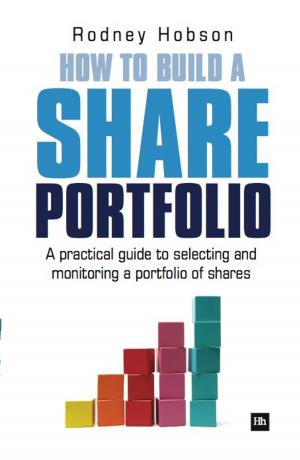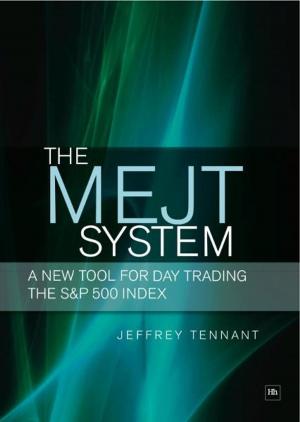Optimising Distressed Loan Books
Practical solutions for dealing with non-performing loans
Business & Finance, Finance & Investing, Banks & Banking| Author: | John Michael Sheehan | ISBN: | 9780857191632 |
| Publisher: | Harriman House | Publication: | September 19, 2011 |
| Imprint: | Harriman House | Language: | English |
| Author: | John Michael Sheehan |
| ISBN: | 9780857191632 |
| Publisher: | Harriman House |
| Publication: | September 19, 2011 |
| Imprint: | Harriman House |
| Language: | English |
Dealing with distressed loans is different to other banking activities. Normal bank processes, decision-making structures, management techniques and investment philosophies are geared to making money in buoyant markets. However, these same characteristics mean that in a downturn banks are poorly equipped to deal with working-out distressed loan portfolios. This is problematic and costly for banks, as there are billions of dollars to be made from the resolution of defaulted loan books, if only they can harness the skills for doing this effectively. In this unique new book, John Michael Sheehan explains why financial institutions have failed to resolve distressed loan books profitably in the past and describes the solutions they can put in place to improve this in the future. Sheehan builds on 20 years' experience of hands-on asset monetisation, loan portfolio servicing and debt work-out to describe how banks can learn to convert the dredges of loan defaults into profits. Written in a clear and approachable style, illustrated throughout and punctuated with insightful real-life case studies, Sheehan provides a highly accessible guide to this technical area. The book is divided into three parts. The first section analyses how and why banks fail to maximise distressed recoveries. The second section is a practical, basic training manual of techniques, systems and processes that will explain to investors or lenders how to go about earning back their losses and, in many cases, clearing amounts greater than par. The final section analyses lessons from previous crises and proposes how in the future financial institutions can improve their distressed loan resolution practices. Bank executives and officers, their advisors, loan servicers, investors, and government-sponsored entities will be able to use this book as a working tool to assist them in working-out loans and retaining the rewards from this process. Accountants, administrators and ratings agencies should find this book to be an extremely useful source of reference, whilst regulators, academics and students will also find it will improve their understanding of the secretive distressed debt industry and therefore the financial system.
Dealing with distressed loans is different to other banking activities. Normal bank processes, decision-making structures, management techniques and investment philosophies are geared to making money in buoyant markets. However, these same characteristics mean that in a downturn banks are poorly equipped to deal with working-out distressed loan portfolios. This is problematic and costly for banks, as there are billions of dollars to be made from the resolution of defaulted loan books, if only they can harness the skills for doing this effectively. In this unique new book, John Michael Sheehan explains why financial institutions have failed to resolve distressed loan books profitably in the past and describes the solutions they can put in place to improve this in the future. Sheehan builds on 20 years' experience of hands-on asset monetisation, loan portfolio servicing and debt work-out to describe how banks can learn to convert the dredges of loan defaults into profits. Written in a clear and approachable style, illustrated throughout and punctuated with insightful real-life case studies, Sheehan provides a highly accessible guide to this technical area. The book is divided into three parts. The first section analyses how and why banks fail to maximise distressed recoveries. The second section is a practical, basic training manual of techniques, systems and processes that will explain to investors or lenders how to go about earning back their losses and, in many cases, clearing amounts greater than par. The final section analyses lessons from previous crises and proposes how in the future financial institutions can improve their distressed loan resolution practices. Bank executives and officers, their advisors, loan servicers, investors, and government-sponsored entities will be able to use this book as a working tool to assist them in working-out loans and retaining the rewards from this process. Accountants, administrators and ratings agencies should find this book to be an extremely useful source of reference, whilst regulators, academics and students will also find it will improve their understanding of the secretive distressed debt industry and therefore the financial system.















